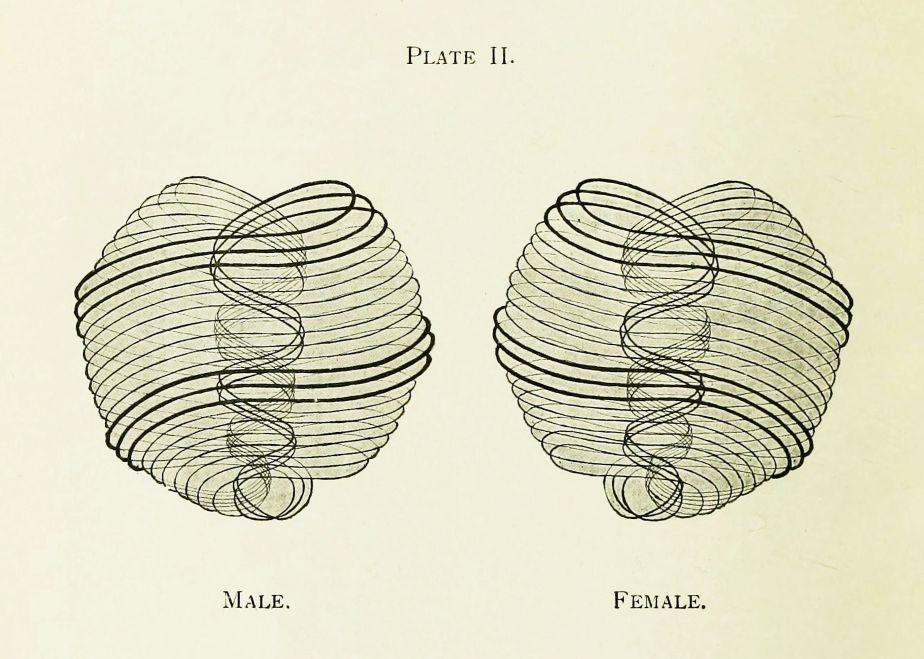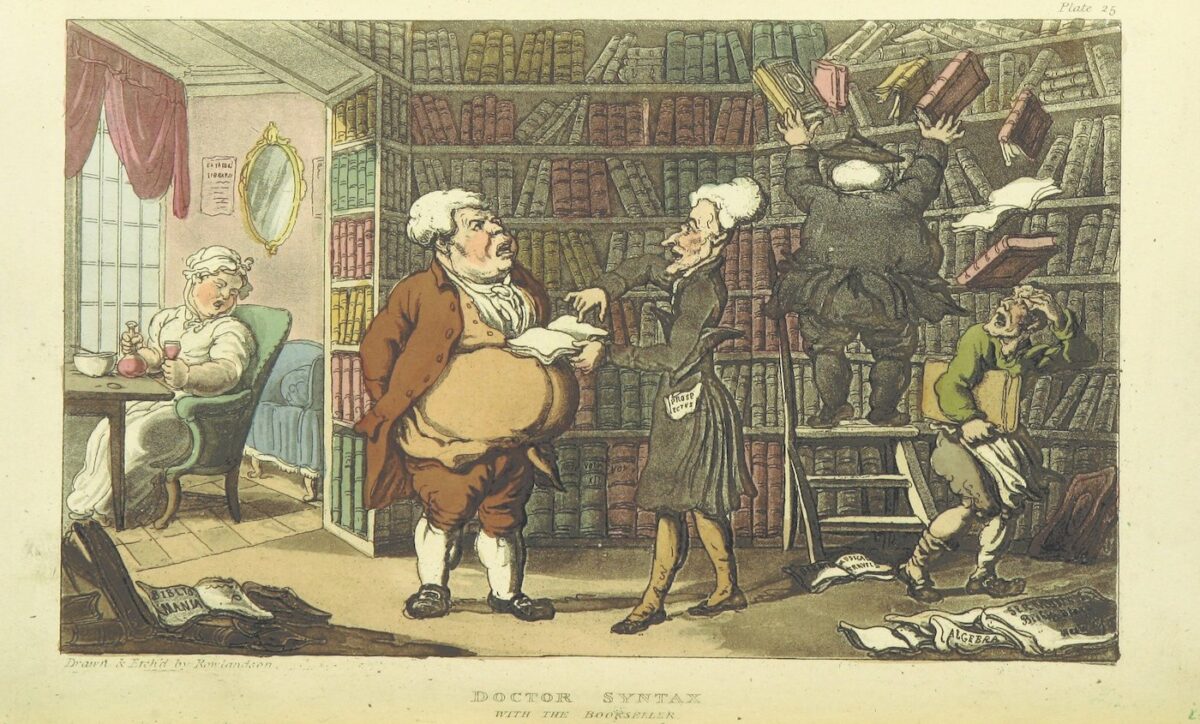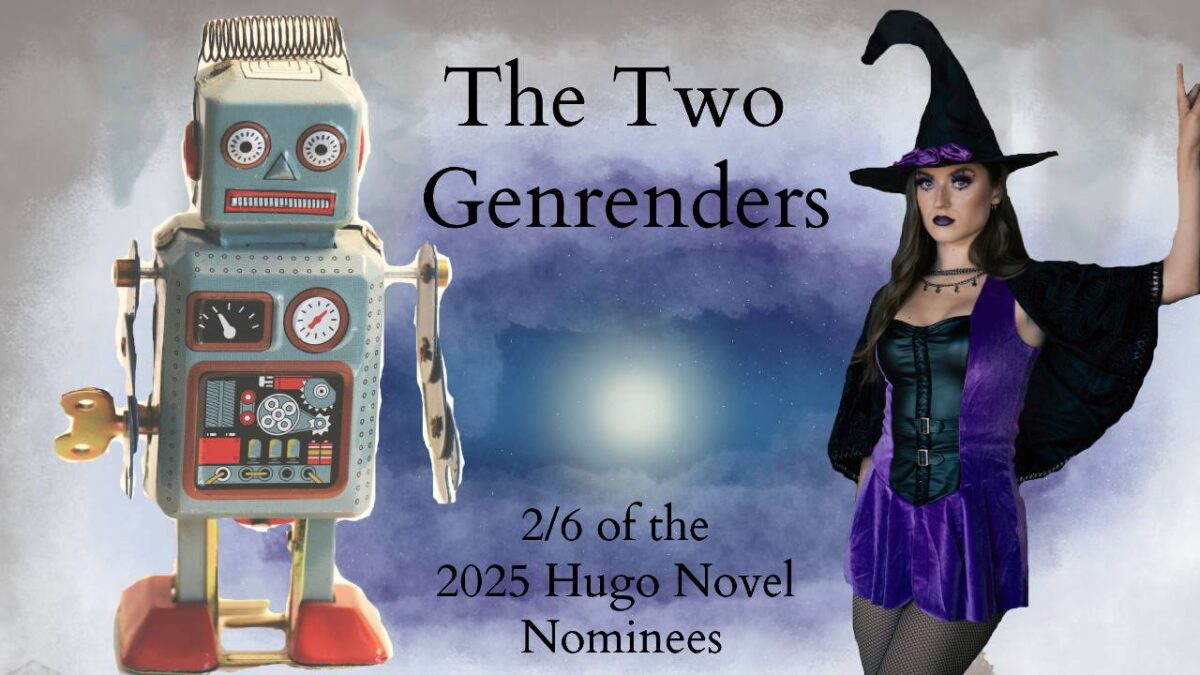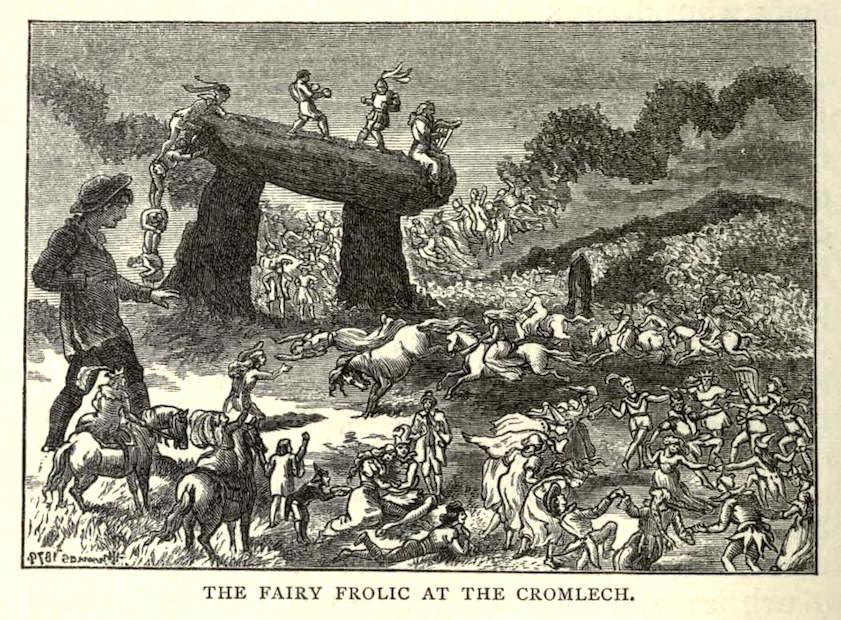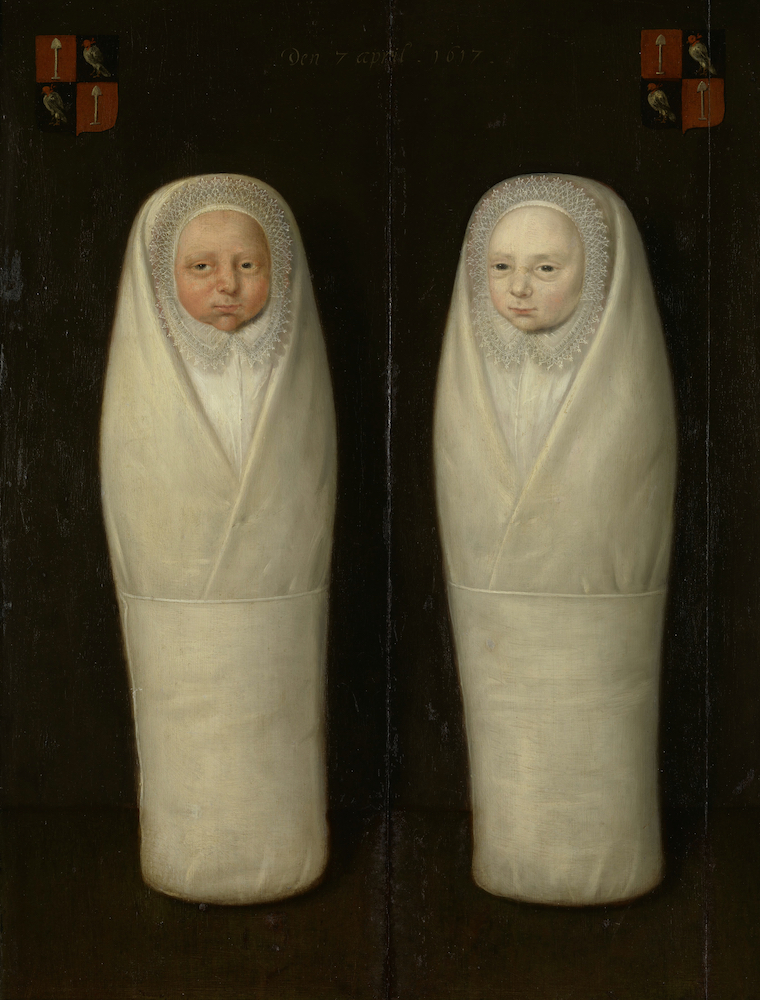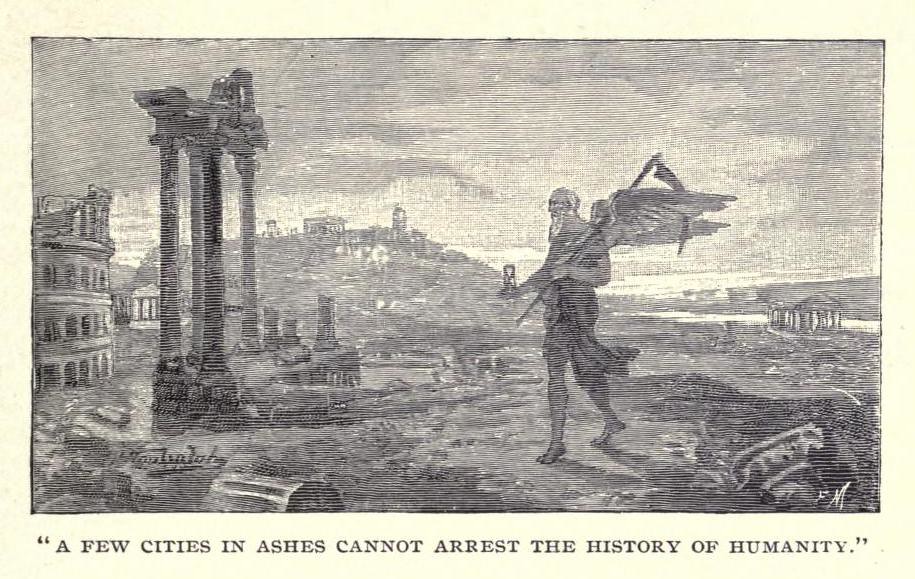A Guest Post by Daisy Lupa
Introduction
Soon I will graduate with what is essentially a Masters degree in climate change and pollution studies. I graduate into a world filled with climate change, pollution, and people desperately wanting to do something about it, who have been dispossessed of the tools to make that kind of change in the world. So it’s no surprise that in my free time, I yearn to be an ultra-effective godlike eco-authoritarian mayor-monarch, and live out those fantasies in the simulated municipalities of Cities: Skylines.
In a recent attempt to buoy my mental health, and further manifest those fantasies in a digital world, I purchased the Cities: Skylines Green Cities expansion pack. A now 8-year old expansion on a 10-year old game, Green Cities sometimes illustrates a naive understanding of environmental problems, restricted by the limits of the game design. However, in other moments, the simulation reflects the dilemmas of real-life oxymoronic sustainable development, and is an illustration of some of the most important concepts our society must embrace if we are to survive the consequences of late stage capitalism.
A Disclaimer
I firmly believe that there is no way for humanity to truly solve the issues of climate change, environmental degradation, and pollution without first tackling the myths of unlimited economic growth that have been fed to us by capitalist thinkers. Today we often measure the success of a government policy or political administration by comparing GDP, with the simplistic assumption that more is better. As long as the number goes up, we are having success. Video games love to mimic this assumption, and I’ll admit, that simplicity is something that makes them so addicting to me. I love simulation games and I love to see my virtual schemes rewarded by an ever-upward ticking ‘points’ or ‘$’ or ‘:)’ bar. Unfortunately, this is not how real life works. As GDP increases, worker exploitation increases, neocolonial powers gain strength, war machines chug onward towards universal death. We will not be able to GDP increase our way out of climate change. I’m not the first or only person to think this. Criticism of the growth fixation of the open market has been around since the 19th century, which has developed into the idea of ‘degrowth’. Degrowth theorists posit that the capitalist goal of ever-increasing profits and GDP is doomed. Instead we should measure policy success by metrics that more accurately reflect human happiness, like heath outcomes or education, and we shouldn’t expect these to increase for ever and ever. This isn’t possible given the finite resources of our single planet.
City: Skylines is fundamentally anti-degrowth. The central game mechanics rely on ever increasing cycles of commercial, industrial, and residential development in the constantly expanding city. Because of its reliance on economics and financing as a game mechanic, Cities: Skylines is incompatible with degrowth as an ideology. Yet I love it anyway, because my fallible human brain loves to see the number go up. So no matter what innovations they introduced in this expansion, I knew going in that Green Cities would never propose an actual solution to the two-headed constrictor of capitalism and pollution which is bound around our planet in a death grip. But I still think there are ideas in the expansion worth exploring, ideas which reflect both the reality of sustainable development, and the way we wish sustainable development functioned. So with this disclaimer out of the way, let’s get into the content of the expansion pack.
What It Gets Wrong
New Construction
Placing buildings is one of the central play activities in Cities: Skylines. In Green Cities, there are plenty of new buildings to place: education and health centers, green energy power plants, efficient water purification systems. However, if I could snap my fingers and become the mayor/dictator for life of my municipality, I wouldn’t spend my first days in office greenlighting the construction of a thousand new yoga parks throughout the land, because fundamentally building new structures is a highly emitting process. Building materials have to be manufactured and transported, heavy machinery must be used to construct new buildings, and new fixtures and furniture have to be made to fill these buildings. All of these come with a cost of carbon or other pollutant emissions. We will not be constructing new yoga parks, we need to be refitting other structures. A green city will not have fundamentally new and different buildings from a non-green city. Rather, it will have many of the same old structures refitted to be more efficient and eco friendly.
The Green Aesthetic
Similarly, energy efficient buildings are not all stark glass windows and xeriscaped landscapes. Of course, sometimes these design elements can be very effective in achieving goals of water use reduction or increasing the use of daylighting, but these are often location and even orientation-specific. They also often require entirely new construction, which as I have explained above, is not sustainable. In Green Cities, when you zone residential areas to be eco-friendly, the normally colorful neighborhoods become very brown and black, the buildings coated in solar panels and glass and surrounded by lifeless xeriscaping (which is not how xeriscaping works), regardless of whether your city is in foggy boreal setting, lush tropics, mild temperate zone, or a stark desert. Similarly, the Green Cities education buildings, which offer energy and water efficient alternatives to the Elementary School, High School, and University, have a futuristic aesthetic with big shiny walls and abstract art protrusions. This is not what a green building revolution will look like. It will look like the same old buildings but with a more rigorous plumbing maintenance schedule. It will look like the same old buildings but there is a weedy garden out back. The green revolution will not be aesthetically pleasing.
Economic Success
So far, I’ve found that using the Green Cities expansion, it’s not too hard to make an economically successful sustainable city. Policies that limit water and electricity means I have to build less structures, which cost less in upkeep. The lack of pollution makes property prices rise and my city is rolling in funds it can use to build more and more eco-friendly homes, businesses, and industries. This aspect is a great fantasy fulfillment for me. Sustainability and economics are often pitted against each other, but, as I’ve tried to explain countless times to classmates, grandparents, and guys at bars, there won’t be anyone left to buy your widgets when the planet is a ball of flame. So I really appreciate that Green Cities has decided to highlight sustainability and economically friendly aspects. After all, ‘economy’ and ‘ecology’ come from the same Greek root, ‘oikos’, meaning home and family. But unfortunately, this is not an accurate depiction of what would happen to a city undergoing a green overhaul. Unless done very, very, carefully, government bailouts, subsidies, and free services at high cost to the municipality will be necessary to achieve necessary changes. But frankly, I went into this knowing Green Cities and Cities: Skylines more generally, was a fantasy, so I’m not too upset by this. Plus, later I’ll get into how the game mechanics perhaps unwittingly, but accurately, reflect the economic turmoil associated with large scale, top-down reform.
“Edisons”
When you zone a commercial area to be eco-friendly using Green Cities tools, one of the new buildings that pops up can be “Edison Dealerships”, where your city residents can buy electric cars that are strikingly familiar to the ones I just saw outside of the White House a few days ago. These will not be included in a green revolution. Whenever I see these dealerships in my game, I bulldoze them.
Shipping Containers
Many of the commercial eco-friendly buildings are modelled to look like shipping containers refitted to be buildings. I won’t go into detail here, but this doesn’t actually make a lot of sense, and I don’t know why so many ideas of a green future (especially in video games – looking at you, The Sims 4: Eco Lifestyle) are all about turning shipping containers into buildings. While yes, a more localized economy is certainly more sustainable, which I’ll discuss more later on, so there will be reduced need for shipping containers, that doesn’t mean we’ll all be living in them. Significant modifications need to be done to shipping containers for basic things like windows and piping for electricity and plumbing. Maybe in an apocalyptic scenario we’ll be living in shipping containers, but if this is a happy deep green future, I’d rather be living in an eco-brick structure, or, once again, the same damn building but with solar panels and rain barrels and highly efficient appliances.
What It Gets Right
Economic Turmoil
In my first game with the Green Cities expansion, I was excited when my city finally leveled up enough for me to zone my commercial and residential areas as eco-friendly. Wanting to get to the new content as soon as possible, I promptly made a new district in the heart of my city and implemented the new policy. Immediately, the successful businesses that lined the streets disappeared, and my tiny citizens flooded out of them, newly unemployed and unable to buy the goods they needed. My unemployment rate skyrocketed, and I lost several thousands in tax revenue that I had been getting from those businesses. Since I happened to rezone at a time when demand for business was low, it took years for that area to repopulate with new, eco-friendly businesses, and the development of my city was set behind as my income dropped. All of this, because I had implemented a new policy without fully understanding the consequences. I LOVED THIS!!! This was a great illustration of what happens in real life when massive reforms are put in place by overpowered leaders. These things have far-reaching consequences that, even when well-intentioned, can have awful, sometimes deadly consequences on the population, with ramifications that echo for years. This was exactly the kind of simulation I want from City: Skylines. It made me totally rethink my zoning strategies, and knocked me down a notch in my own estimates as the eternal leader of Lakewood. If I were a real mayor, I would hope that I would not be re-elected again after a policy blunder like that. Luckily, the people of Lakewood have no voting rights, and I’ve had Chirper silenced since the start of the game.
Efficiency Is Everything
Probably the most accurate aspect of the Green Cities expansion is the focus on water and energy efficiency. These are two of the core utilities in Cities: Skylines and can be big drains on your city’s finances in the early game. With the changes made using the new zones and buildings that come with the expansion, cities can become much more efficient, requiring less infrastructure construction, and less pollution production. This is a great lesson for the game to illustrate. The four R’s apply to much more than just waste removal: we must Refuse, Reduce, Reuse, and Recycle our energy and water too, and in that order. One of the best ways to make any building more eco-friendly is to simply ensure proper maintenance, especially in plumbing systems. This is great to see represented in video games.
Locality
Anyone who has played a few hours of Cities: Skylines knows that traffic is the one of the great enemies of any would-be city planner. The larger your city grows, and the more advanced the industries develop, any ill-advised roundabout or badly-placed bus stop can develop into a huge problem, holding back your city’s growth. There’s lots of ways to address these problems, from building massive superhighways to investing in highly efficient rapid public transit. Just like real life, these logistical and infrastructure problems are multi-faceted. One way of addressing these problems though, is by making your supply chains more localized.
Instead of importing all your raw materials, and exporting the goods the city manufactures, City: Skylines Industries expansion allows cities to produce agricultural, paper, metal, and plastic products all within the bounds of your territory, by extracting resources from the land. Of course, sometimes this can make traffic much worse, but if carefully planned, it can be highly lucrative for your city, and take pressure off the main import/export routes. But like everything, it comes at a cost. Most of the manufacturing associated with the industries, and some of the extraction itself, is highly polluting. This pollution can become a detriment to your citizens’ health, sometimes working its way into the drinking water, or seeping over land from industrial sites into neighborhoods. In today’s climate change mitigation discourse, there are many advocates for more localized production, especially of food products. These are often proponents of the idea of ‘food miles’ or the distance your food must travel before it reaches your plate. Many people seek to reduce food miles as much as possible, and while this is not a highly effective strategy to reduce agricultural carbon emissions by itself, it does create beneficial stimulation to local agricultural firms, which is desperately needed for small farmers trying to compete in today’s Big Ag dominated world. City: Skylines reflect the advantages of increasingly localized economies.
However, it also reflects the dangers of this localization. You must plan your city carefully to protect your citizens’ health. No matter how hard you try, even with the Green Cities expansion, there will always be areas of your map that are polluted, from waste disposal, manufacturing, and wastewater disposal. This is true in real life. Even before the industrial revolution, before the rise of capitalism, before the growth of empires, human settlements have alway had to deal with waste, creating middens and junkyards at the peripheries of society. Often, these locations are weaponized against the most vulnerable, seen in today’s city planning of ‘sacrifice zones’, areas intentionally allowed to be polluted so that the rest of the city, or nation, can thrive. Marginalized people often end up living in and around these areas, although the chicken/egg nature of this relationship is still a topic of hot debate among environmental justice researchers, and likely is highly dependent on specific scenarios.
In Cities: Skylines, it’s tempting to create one large sacrifice zone, so the rest of your city can enjoy pollutant-free living. But this has ramifications, especially on traffic. Dump trucks, or, with Green Cities, biofuel-powered trash collection vehicles, stream out of waste facilities, and must route paths past every single building in the game. Even if waste facilities are sited in the center of the city, it can lead to traffic jams, and issues with service delays in more remote communities. If a city planner is concerned about traffic, which Cities: Skylines players should be, a much more efficient plan is to have many, smaller polluted areas, so these vehicles don’t have to travel as far.
As always, this plan is not without its problems. A city with many small polluted areas may have worse health outcomes as opposed to a city with one large sacrifice zone. Such a city must be carefully planned with good zoning, and a robust medical system to avoid higher rates of pollution-related disease among all populations. Yet the alternative is the injustice of sacrifice zones that we see in today’s reality. And this problem is not confined to cities. Globally, the capitalist system has created sacrifice zones around the world: the Great Pacific Garbage Patch, the sprawling e-waste and clothing dumps that mount in areas of the Global South, the cities and towns smothered under pollution produced in the manufacture of goods that will be sold half a world away. In the Global North, in wealthy, privileged countries like the United States, many people are able to live luxurious lives with pollution and waste of their lifestyles exported ‘away’. However, as environmentalists have preached for more than half a century, there is no away. Unlike in Cities: Skylines, where exports and imports simply pop off the map to go to hypothetical other cities, essentially all of the waste and pollution on this planet stays on this planet, just moved around. Whenever a person throws something away, someone else will end up living next to, or even inside, that trash.
If you build a city in Cities: Skylines, and vow not to invest in polluting industries, confining yourself to the pollution-less basic levels of the agricultural industry (a feature of the Industries expansion that does not reflect real life conditions), your city will still import wood, metal, and plastic product from off the map. This is fine and good for the wish-fulfillment aspect of the game, and is how I played for a long time. I loved making perfect eco-cities with the smallest amount of pollution possible. But it’s not an accurate simulation. If we want to have paper, there will always be a woodlot, somewhere. If we want metal and glass for building and furniture production, we will have to have mines, somewhere. If we want the plastic products that are essential for life-saving medical devices, then we will, as much as it pains me to admit, have to have some kind of petroleum mining and production.
There is a lot we can do to mitigate the harm of these industries, mostly by reducing production to just what is absolutely necessary and enforcing strict systems of licensing and regulation. These policies must be put in place. And when they are, perhaps the global north can stop exporting its pollution, and begin dealing with it. More localized waste, industry, and manufacturing systems, when paired with a robust healthcare system and strict regulation, may help us address the environmental injustices that have become a hallmark of human civilization. Crudely put, instead of sending our shit to sit next to the people we have decided to persecute, we will send our shit…next door. Again, this must be done carefully, in a society where healthcare is a priority, but I believe that in a more local system, our communities can deal with our own waste, without burdening others with it. After all, they all produce their own waste too.
Conclusion
Cities: Skylines’ Green Cities expansion imperfectly captures the dynamic of green transition. Yet, the fundamental lessons the game teaches its players ring true to the messy, multifaceted nature of human development. This 10-year old game, with its 8-year old expansion, shows a better understanding of the dynamics of ecology and economy than most of today’s political leaders.
And that’s not surprising to me. Systems of ecology and economy aren’t easily summarized in a policy memo, or communicated in a rousing speech. They are complex relationships which rely on each other, any change in any aspect having massive ripple effects down the line. It’s really hard for our mind to comprehend this. Luckily, video games like Cities: Skylines can help us bridge this gap. It’s not perfect, but it’s as good as we’ve got right now.

